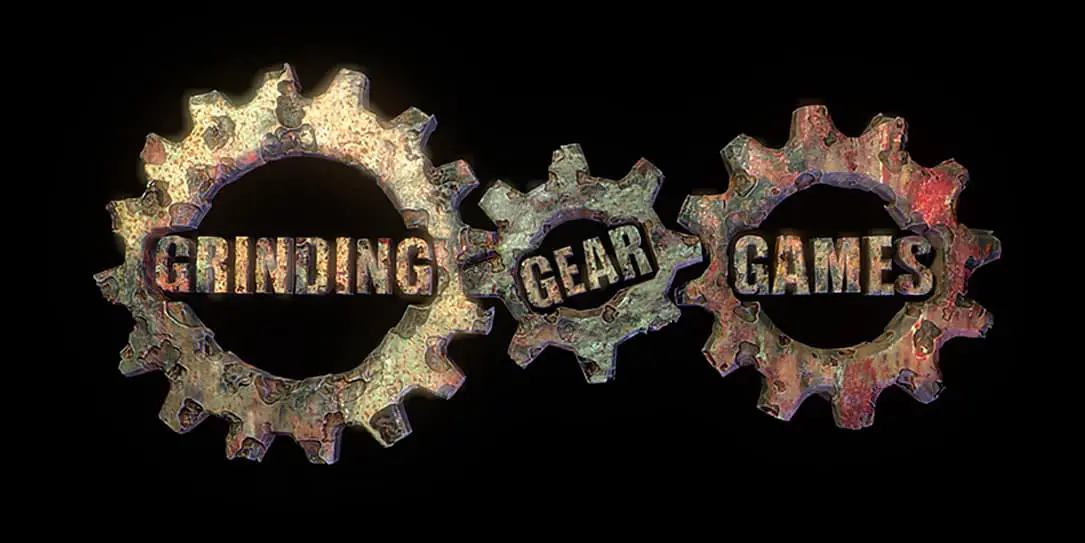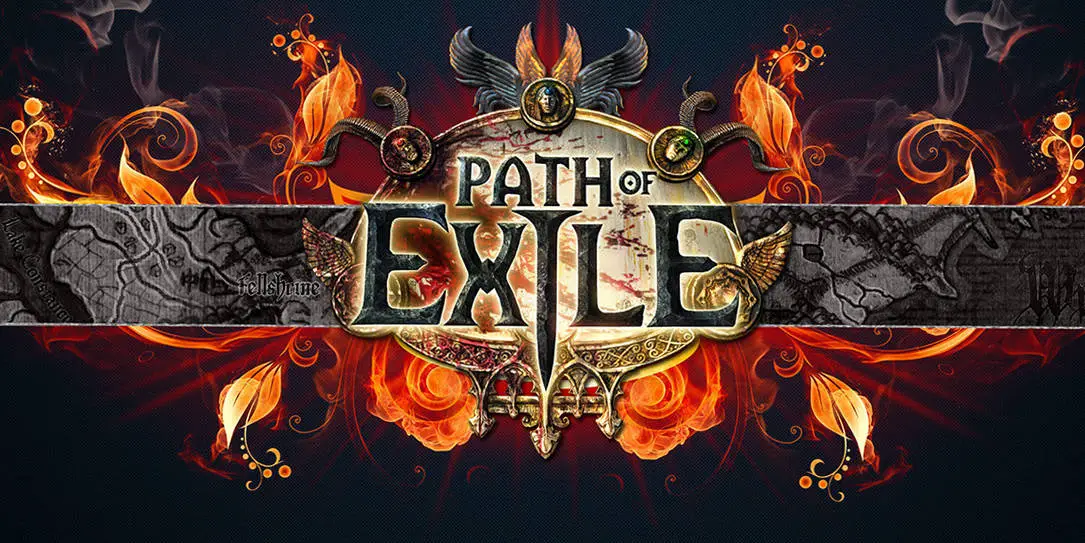If Path of Exile was simply a Diablo III clone, it wouldn’t have lasted as long as it has. Nor would it have such a dedicated player base. What exactly makes this free-to-play gem from Grinding Gear Games not only vastly different from Blizzard’s dungeon crawler and other hack-and-slash action RPGs? What inherent qualities does it have that has endeared it to the gaming public and turned it into the unique and much-loved title that it now is?
Well, there’s a variety of reasons, and we’ll be exploring them like the floors of a PoE dungeon.
Where the Similarities End
Come to think of it, opening with a comparison to another game was probably a poor choice, as a lot of gamers still do not know what Path of Exile is despite it being six years old. If you’re one of them, here’s a quick rundown: Path of Exile is a hack-and-slash dungeon crawler where you play as one of the seven exiles unceremoniously thrown into Wraeclast, an island where a dark, foreboding force looms over. Each of the exiles represents a particular class–Marauder, Ranger, Witch, Duelist, Shadow, Templar, and Scion
That might seem like standard western RPG fare, and it probably is, but that’s only until you get to its complex and meaty progression and customization mechanics. Mind you, we mean plural when we say mechanics, as there are more than just two features that allow you to outfit your character with whatever potential you want him or her to have.
Gems, Sockets, and Trees
The first of these is the skill gems. Unlike other RPGs where skills are class-inherent and obtained by putting points you earn from leveling up and unlocking prerequisite skills, in PoE, they’re acquired by inserting skill gems into gear sockets of the same color. Players also have to match the prerequisite stats the skill gem has to use the skill. There are also support skill gems, which modify the skill gem of the linked socket to them.
To help players make even more unique gear permutations, PoE has orbs. The game has a gold-less economy, so for PoE currency players use orbs, items that, aside from their monetary value for NPCs and the PoE trading community, can modify gear properties such as affixes, socket colors and links, and tier
Instead of having skills as a part of the class, Grinding Gear Games chose to have an enormous and elaborate skill tree. All classes share it but differ in starting point, which reflects the stereotypical abilities of the classes. For example, the Marauder’s starting point will give him more HP and attack, while the
What makes this setup more dynamic is the fact that, later on, players will have to branch out to other passive skills, making their characters more diverse. This, coupled with skill gems, allows exiles to be virtually anything that players want them to be. Templars with traits of
Ascension and Godhood
Now you might be thinking that a game where all classes are able to do anything and everything might make class specialty a moot point. However, Path of Exile also has Ascendancy Classes, which gives the six exiles three specialization classes to choose from, and the Scion the Ascendant class. Other than the Ascendant, which takes other passive Ascendancy Classes, all Ascendancy classes have passive skills that are unique to them
And that’s still not the end of the customization, as there’s the Pantheon system. Tied with Fall of Oriath’s lore, the game’s expansion that adds a continuation to the story, this gives players passive bonuses from the gods they have killed. However, only two – one from a major god and the other from a minor one – can be activated at a time.

Ever-Evolving Exiles’ Isle
All of these systems are synergistic to making a unique character progression and customization. But how fun would a game be if the meta is as permanent? As they say, necessity is the mother of invention, and Grinding Gear Games creates the need. How? Through the constant updates and changes–new PVE content, new and revamped skill gems, new gear and suffixes–and the ever-challenging leagues with wildly varying mechanics. It is as exciting as it sounds, but the drawback to this is that some builds get nerfed and become unpopular. Some even get depowered so badly that they become altogether obsolete.
But to the player base, it’s simply a part of the game–a pretty unforgiving but enjoyable one because it ultimately breeds creativity. After all, Wraeclast is meant to be harsh and unpredictable where exiles must constantly adapt if they are to survive. This game philosophy definitely reflects that
If you still don’t understand the appeal of Path of Exile after all that, then it’s definitely not the game for you. But if that sparked your interest, then you should definitely pick the game up. It’s never too late. Heck, it may actually be the perfect time to do so, as the game is currently the best it’s ever been. Hopefully, it can get even better as time goes by.
*The thoughts and opinions expressed in this article do not reflect on those of Techaeris or its staff.
Last Updated on February 3, 2021.










